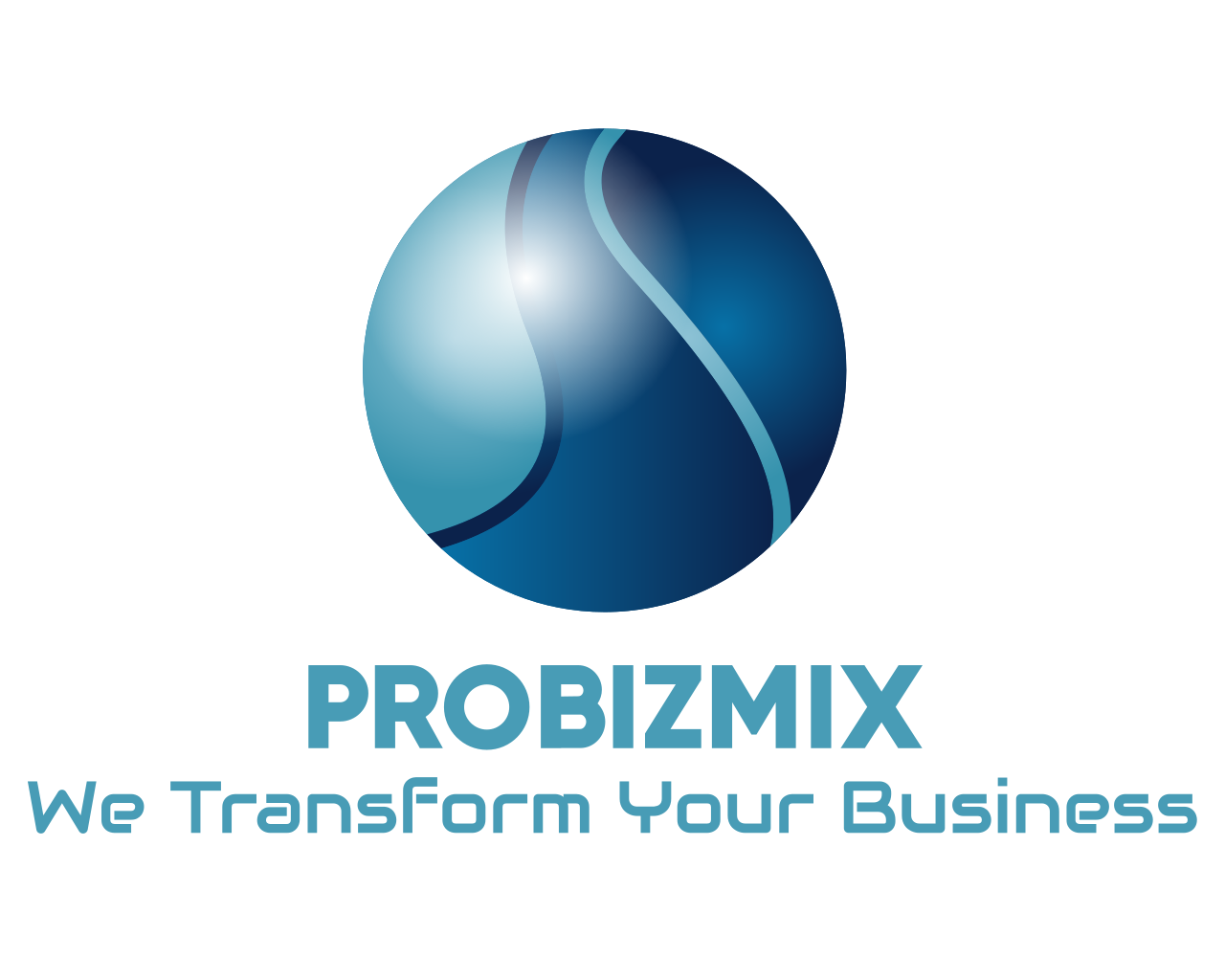No wonder consumer-oriented businesses are obsessed with how to get more out of social media, including Twitter, Facebook, Pinterest, FourSquare, Linkedln, Chatter and Google+. For business organizations, the challenge is figuring out the intersection between social and everything under the customer relationship management umbrella. CRM broadly covers the software systems companies use to provide customer service, generate sales leads, manage marketing campaigns, and analyze and segment customer data. Making the connection between the people in CRM databases and their social media personas will require companies to build a new level of trust with their customers, based on the promise of better service and value.
This social connection is the key to unlocking a deeper understanding of customers and making more cost-effective use of sales, service, marketing, and IT resources. Marketing, sales, and customer service execs often start experimenting in the social sphere without anyone’s help. But companies eventually need to link these efforts to CRM and marketing campaign management systems as well as customer data warehouses.
ProBizMix builds these services largely on Salesforce and the Force.com development / Heroku platform. The end user customer sees The Companies branding, but it’s Salesforce’s online software that handles logins, identity management, and customer service case tracking. For customer service, the customer can use online help, Knowledge base and Answers, Live Agent Chat and a customer can also submit a request for help on the site, which starts a case within Salesforce CRM. But companies can’t count on customers diligently exhausting self-service support options before they raise a stink on social networks. So my Company uses Radian6 social media monitoring capabilities to capture brand-relevant posts, tweets, and Facebook comments. Radian6 (which Salesforce acquired last year) lists every comment about the Customer and provides an interface through which company reps can respond to comments directly on Facebook, Twitter, or wherever the message originated. They also provide a Social Hub for native integration to Salesforce and Cases.
If the customer does send an email, it creates a Salesforce case. But our Company tries to keep that CRM case connected to the social persona where it began. Agents ask customers to include their Twitter handle or Facebook name, so the support team knows that the original request came in through social media, and so two case teams aren’t chasing the same problem. And once the matter’s resolved, the Company posts a comment back to the original tweet or Facebook post. Connecting Facebook and Twitter identities with known customers in your CRM database is important on several levels. From a service perspective, you’ll see not just the latest support problem raised in a social comment, but the entire history of support exchanges with that customer. From a sales and marketing perspective, you can correlate social profile information with purchase histories and know more about key customer segments likes and interests. And with the use of sentiment analysis technologies, you can get trending insight into what the most important customers are saying about your brand, products, and competitors. The linchpin is that it has to be up to consumers to add their social identities to their profiles. However, as many marketers can attest, offers of discounts and coupons, early product news, sweepstakes entries, or better Service often persuades people to grant permission.
Stay tuned for the next series of interests around the Social Enterprise!


